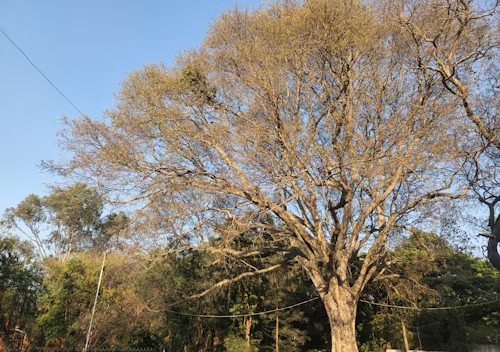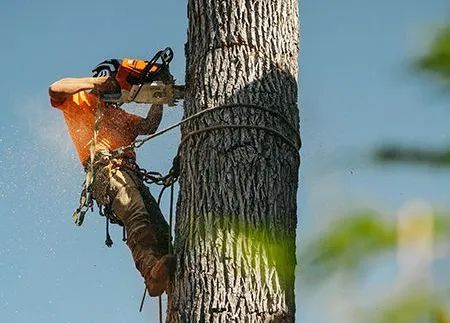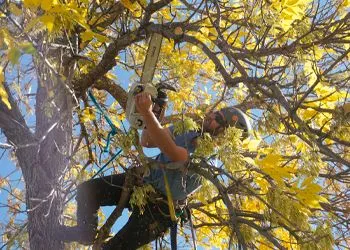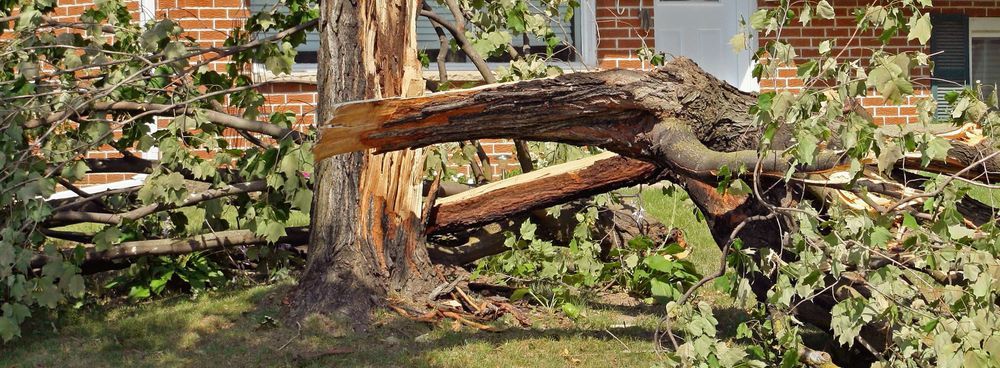Canyon Falls Tree Works Blog
4 Signs that a Tree Has Become More Likely to Crash Down in a Storm

Strong storms can turn even the most beautiful trees into potential hazards. High winds, heavy rain, and saturated soil can stress weakened trees, increasing the risk of them falling and causing serious damage to homes, power lines, or vehicles. While it’s impossible to predict every tree failure, there are clear warning signs that a tree may be unstable or structurally compromised. Recognizing these issues early and contacting a professional can help prevent accidents before the next big storm. At Canyon Falls Tree Works, we provide hazardous tree removal in the greater Rapid City area. Here are four signs that a tree may be at heightened risk of toppling in a storm.
Leaning or Shifting Trunk
A noticeable lean is one of the most obvious indications that a tree may be unstable. While some trees naturally grow at an angle, a lean that has recently developed or worsened is cause for concern. This may signal that the root system has been damaged or that the soil is loosening around the base. If the ground near the trunk appears cracked or raised on one side, it could mean the tree is beginning to uproot, making it highly vulnerable to falling during a storm.
Root Damage/Decay
Healthy roots are essential for anchoring a tree firmly in the ground. When roots are decayed, compacted, or cut during construction or landscaping, the tree’s stability is severely compromised. Signs of root problems include fungal growth near the base, soft or spongy soil, and dead patches in the canopy. Because root damage is often hidden underground, any visible evidence should be taken seriously and evaluated by a professional.
Cracks or Cavities in the Trunk
Structural integrity is critical for a tree’s ability to withstand high winds. Deep cracks, hollow areas, or large cavities in the trunk can weaken the tree’s core and make it more susceptible to splitting or breaking during a storm. Even if the tree still looks relatively healthy on the outside, internal decay can leave it dangerously fragile. If you notice open wounds or signs of rot in the trunk, it’s important to have it inspected immediately.
Dead/Falling Branches
A tree that sheds branches or has dead limbs hanging from its canopy is showing signs of stress or disease. These weak branches are not only hazardous themselves, but may also indicate deeper health issues within the tree. Deadwood increases the overall risk of breakage and can create dangerous projectiles during storms. Removing dead limbs and assessing the tree’s overall health are important safety precautions.
Hazardous Tree Removal in Rapid City, SD
For expert tree removal in Rapid City and the surrounding area, contact Canyon Falls Tree Works at 605-250-2267. Feel free to give us a call to ask for a tree services estimate in Rapid City!











